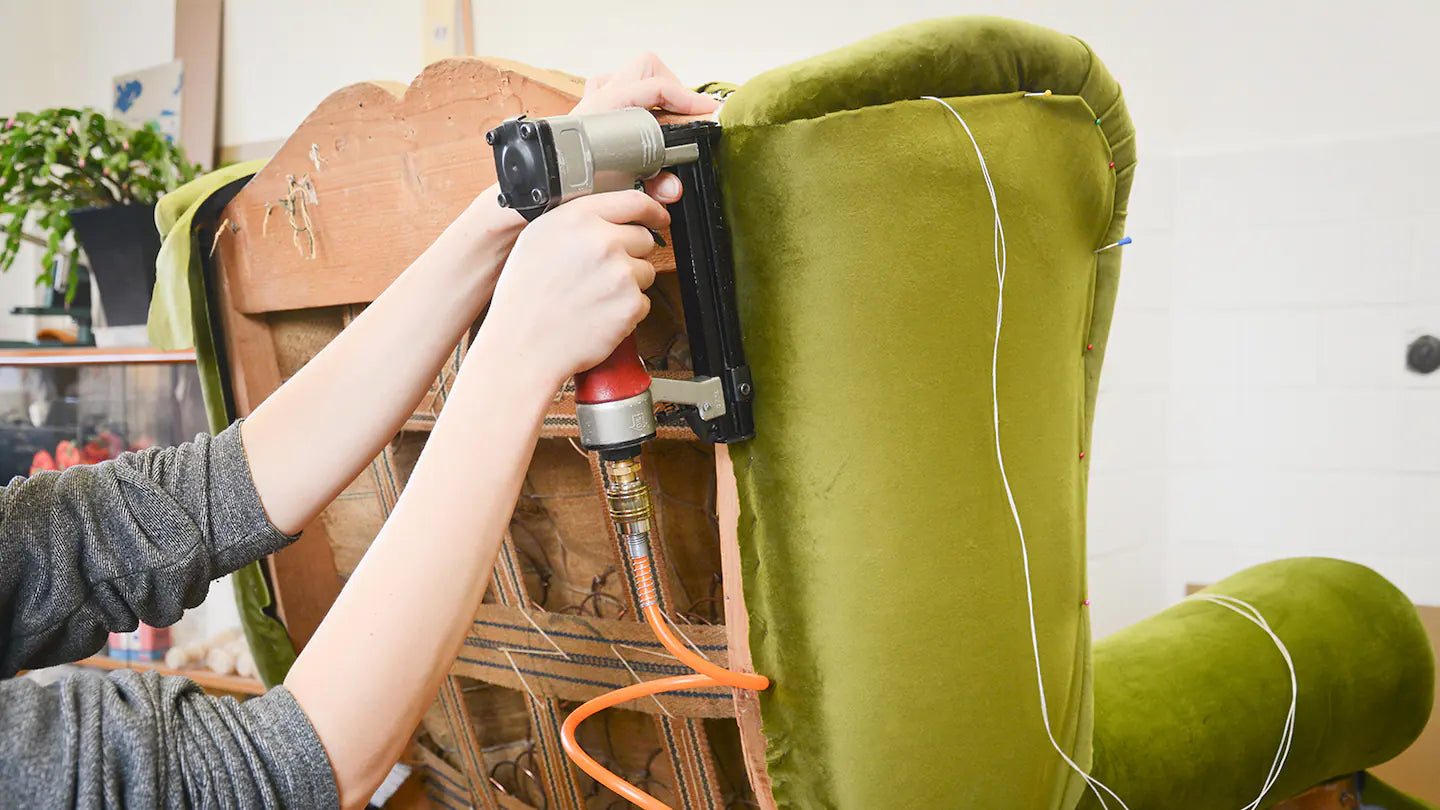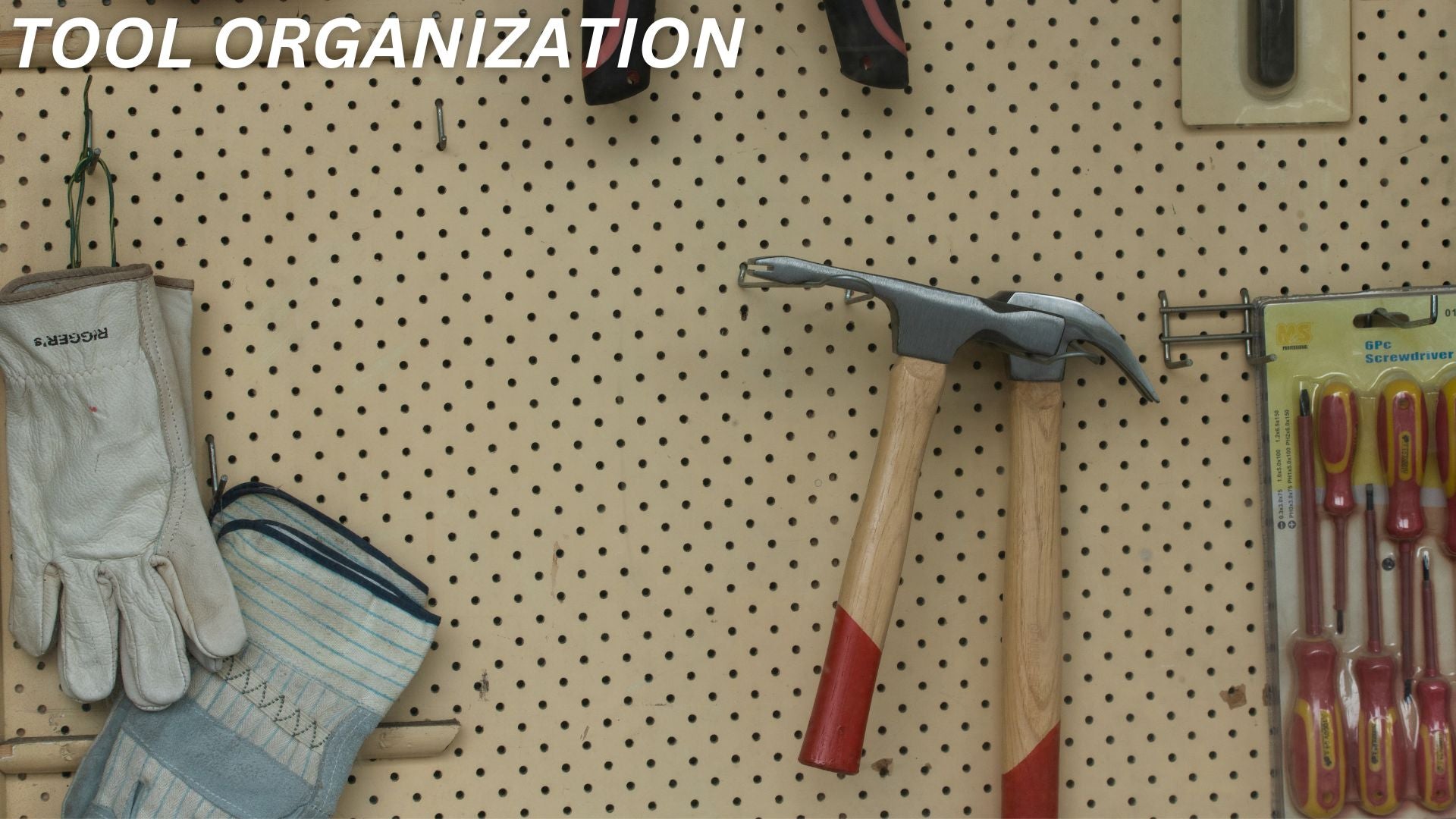In today's world of sustainability and creativity, upcycling furniture has become a popular trend. It involves taking old or worn-out furniture pieces and transforming them into unique, stylish, and functional items. Upcycling not only allows you to give a new life to discarded furniture but also helps reduce waste and promotes a more sustainable approach to home decor. In this blog post, we will explore the exciting world of upcycling and discuss the essential DIY tools that will assist you in repurposing and renovating furniture. With the right tools and a touch of creativity, you can embark on an upcycling journey to create personalized pieces that showcase your style and environmental consciousness.
Understanding Upcycling and Its Benefits
Definition of Upcycling: Differentiating upcycling from recycling and other forms of repurposing.
Environmental Impact: Highlighting how upcycling reduces waste, saves resources, and minimizes the carbon footprint associated with furniture production.
Cost Savings: Exploring how upcycling allows you to transform inexpensive or secondhand furniture into high-quality, unique pieces, often at a fraction of the cost of buying new.
Creative Expression: Discussing how upcycling provides an opportunity for artistic expression and customization, allowing you to create furniture that aligns with your personal style and taste.
Essential DIY Tools for Upcycling
Power Drill: A versatile tool for disassembling furniture, drilling holes, and attaching new elements or hardware.
Sanding Tools: Sandpaper, sanding blocks, or a power sander for smoothing surfaces, removing old finishes or paint, and prepping furniture for painting or staining.
Paint Brushes and Rollers: High-quality brushes and rollers ensure smooth and even application of paint or finish, transforming the look of furniture.
Chisels and Scrapers: Useful for removing old glue, paint, or other materials from furniture surfaces, allowing for a clean and smooth base for refinishing.
Saw: A handsaw or power saw for cutting and resizing furniture pieces to fit your desired dimensions or for creating new elements.
Clamps: Essential for holding pieces together firmly during glue-ups or when waiting for adhesive to dry, ensuring stability and accurate alignment.
Screwdriver Set: A collection of screwdrivers of different sizes and types for removing or installing screws during furniture disassembly or modification.
Upholstery Tools: Including staple guns, fabric shears, and upholstery needles for reupholstering furniture and adding new fabrics or padding.
Wood Glue and Adhesives: Strong and reliable adhesives for joining pieces, repairing structural components, or attaching new elements to furniture.
Safety Gear: Personal protective equipment, such as gloves, safety goggles, and masks, to ensure your safety during the upcycling process.
Techniques for Furniture Upcycling
Surface Preparation: Properly clean, sand, and repair furniture surfaces to create a smooth and even base for painting or refinishing.
Painting and Finishing: Experiment with different paint techniques, such as distressed, ombre, or stenciled finishes, to add character and uniqueness to your upcycled furniture.
Upholstery and Fabric Techniques: Learn basic upholstery skills, such as fabric stretching, button tufting, or piping, to transform the look and comfort of furniture.
Hardware Replacement: Replace old or worn-out hardware, such as knobs, handles, or hinges, with new ones to update the style and functionality of furniture.
Structural Modifications: Repurpose furniture by modifying its structure. For example, you can transform a vintage dresser into a kitchen island by adding a countertop and shelves, or turn an old ladder into a stylish bookshelf. Let your creativity guide you as you reimagine the potential of each piece.
Decoupage and Stenciling: Explore the art of decoupage by adhering decorative paper or fabric to furniture surfaces using adhesive and sealant. Stenciling allows you to add intricate designs or patterns to enhance the visual appeal of your upcycled furniture.
Distressing and Aging Techniques: Achieve a vintage or rustic look by distressing furniture surfaces using sandpaper, paint, or a hammer. Aging techniques, such as using vinegar or steel wool, can create an aged patina on wood surfaces.
Creative Repurposing: Think outside the box and repurpose furniture in unexpected ways. For instance, transform an old wooden door into a unique coffee table, or repurpose a vintage suitcase into a trendy side table with storage.
Safety Considerations
Protective Gear: Always wear appropriate safety gear, such as gloves, safety goggles, and a dust mask, to protect yourself from dust, chemicals, and potential injuries.
Ventilation: Ensure proper ventilation in your workspace, especially when using paints, solvents, or adhesives, to avoid inhaling harmful fumes.
Tool Safety: Follow the manufacturer's instructions and safety guidelines when using power tools and sharp implements. Keep them out of reach of children and handle them with care to prevent accidents.
Chemical Safety: Read and follow the instructions on the labels of paints, stains, and other chemicals. Store them in a safe and secure place, away from heat or open flames.
Sustainability and Environmental Considerations
Material Sourcing: Consider using reclaimed or salvaged materials for your upcycling projects. Visit thrift stores, salvage yards, or online marketplaces to find unique and sustainable materials for your furniture transformations.
Low VOC Products: Choose paints, stains, and sealants that are low in volatile organic compounds (VOCs) to minimize the release of harmful chemicals into the environment.
Waste Reduction: Aim to minimize waste during the upcycling process by repurposing or recycling leftover materials. Donate or sell any excess furniture or materials that you no longer need.
Energy Efficiency: Use energy-efficient tools, such as LED work lights, to reduce energy consumption during your DIY projects.
Conclusion
Upcycling furniture is not only a creative endeavor but also a sustainable way to breathe new life into old pieces. By utilizing the essential DIY tools mentioned in this blog post and incorporating various techniques, you can transform ordinary furniture into extraordinary works of art. Remember to prioritize safety, embrace sustainable practices, and let your imagination guide you as you embark on your upcycling journey. With a little effort and a touch of creativity, you can revitalize your living space while contributing to a more environmentally conscious lifestyle. So, grab your tools, unleash your creativity, and enjoy the satisfaction of repurposing and renovating furniture with your own hands.



